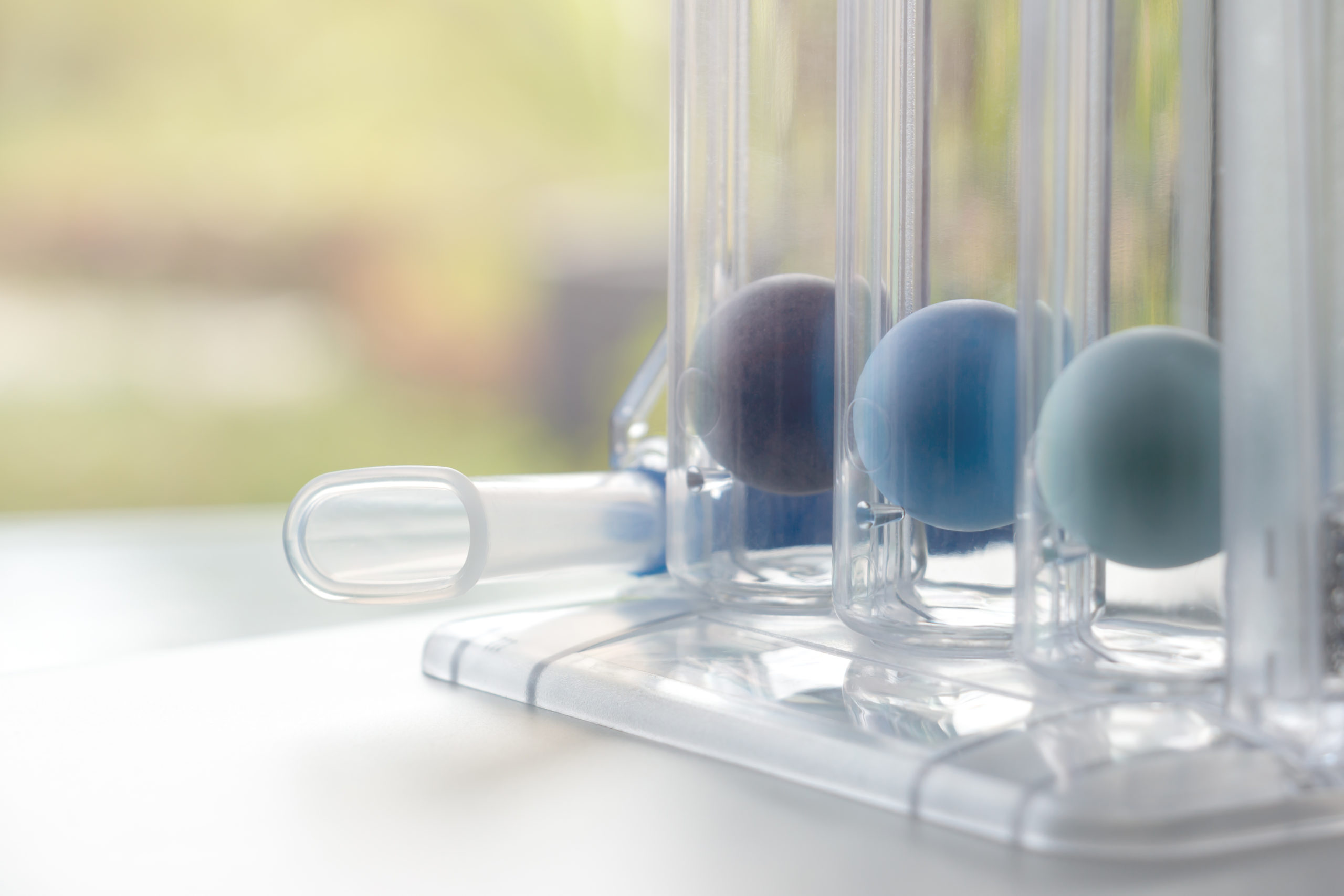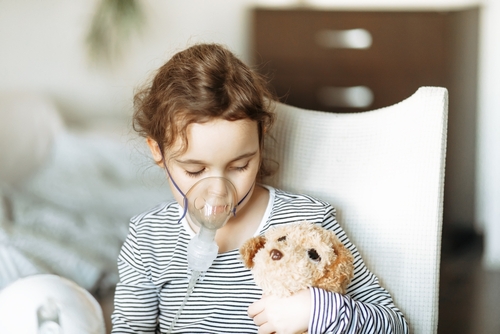
In a recent report, published in BMC Pulmonary Medicine, researchers investigated the efficacy of pulmonary rehabilitation (PR) in patients with difficult-to-control asthma and elevated body mass index (BMI)—a population they stated has limited available treatment options.
According to lead author, Helen Clare Ricketts, PR improved asthma control and reduced breathlessness in the study’s cohort; however, they did add that “this format appears to be suboptimal for this population with high drop-out rates and prolonged time to completion.”
Pulmonary Rehabilitation Improves Asthma With Elevated BMI
This trial randomized 95 patients with difficult-to-control asthma and BMI ≥25 kg/m2. equally between PR or usual care (UC) for 8 weeks. The cohort had a median age of 54 years, was 60% female, and had a median BMI of 33.8 kg/m2. The PR intervention consisted of 2 hours of education and supervised exercise per week, with two unsupervised exercise sessions encouraged.
The primary end point was the difference between the groups in changes to Asthma Quality of Life Questionnaire (AQLQ) outcomes during follow-up. Additional comparisons included Asthma Control Questionnaire-6 (ACQ6) outcomes, as well as the proportions of patients who achieved a minimum clinically important difference in AQLQ and ACQ6.
At first visit, the researchers calculated a mean AQLQ of 3.9±1.2 and median ACQ6 of 2.8 (interquartile range [IQR], 1.8-3.6). A total of 77 patients completed a second visit and were included in the treatment group comparisons. The difference in median change in AQLQ was not statistically significant between the groups at -0.3 (IQR, -0.2 to 0.6) in the PR group and -0.1 (IQR, -0.5 to 0.4) in the UC group (P=.139).
Related: Comparing Biologic Therapies for Asthma
Conversely, the authors found the difference in mean change in ACQ6 was statistically different between the groups at -0.4 (95% CI, -0.6 to -0.2) for PR compared with 0 (95% CI, -0.3 to 0.3) for UC (P=.015); however, the authors noted it was below a minimum clinically important difference. In addition, 18 (54.5%) patients in the PR group reached minimum clinically important difference in ACQ6 compared with 10 (22.7%) patients inthe UC group (P=.009).
Notably, the PR group had a between-visit dropout rate of 31%, as well as a significantly longer time between visits compared with the UC group at a median of 94 days (IQR, 70-107) versus 63 days (IQR, 56-73), respectively (P<.001).
Ultimately, the authors suggested pulmonary rehabilitation “demonstrated statistically significant improvements in asthma control questionnaire score, exercise tolerance, and perception of breathlessness, but effects were small and of uncertain clinical significance.”
Find More Studies on the Asthma Resource Center







 © 2025 Mashup Media, LLC, a Formedics Property. All Rights Reserved.
© 2025 Mashup Media, LLC, a Formedics Property. All Rights Reserved.